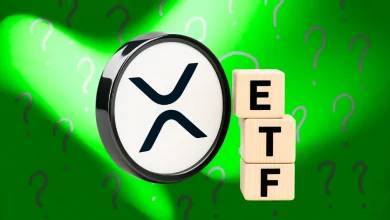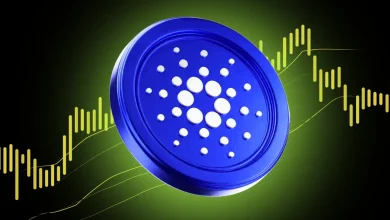
Tether's dominance (70% market share, $13.7B profit) fuels development of a dedicated blockchain.
Plasma, a Bitcoin sidechain, aims to offer zero-fee Tether (USDT) transactions, attracting stablecoin users.
$24M funding, led by Framework Ventures, will support Plasma's launch and expansion into various financial applications.
Tether, the world’s largest stablecoin, continues to dominate the market. With a staggering 70% market share and $13.7 billion in profits last year, its influence in the crypto space is undeniable. But what if Tether transactions could be even faster, cheaper, and more efficient?
Paul Faecks, co-founder of Plasma, is building a blockchain designed specifically for Tether. His goal is to enable zero-fee USDT transactions and reshape how stablecoins move across blockchains. If successful, this could be a game-changer.
Here’s how Plasma plans to make it happen.
A Blockchain Just for Tether
Plasma is being developed as a sidechain on the Bitcoin network while remaining fully compatible with the Ethereum Virtual Machine (EVM), which powers much of decentralized finance (DeFi). The project aims to solve key issues stablecoins face on other blockchains, such as high fees and scalability problems.
By using Bitcoin’s security, Plasma will allow seamless, zero-fee USDT transactions.
$24 Million Raised to Launch Tether-Focused Blockchain
Plasma is set to launch its blockchain for Tether in Q2 of this year, backed by major investors. On Thursday, the company announced it had raised $24 million in its initial funding round, led by Framework Ventures. The round also saw support from crypto exchange Bitfinex, venture capitalist Peter Thiel, and Tether CEO Paolo Ardoino


This investment follows an earlier $4 million funding round backed by Bitfinex, Ardoino, Thiel, and well-known crypto traders Cobie and Zaheer Ebtikar. The new funds will help Plasma launch its testnet and mainnet while also expanding into remittances, payments, and DeFi applications.
Why Plasma is Different
Tether is already available on multiple blockchains, including Solana, Tron, Polkadot, and Bitcoin via the Omni Layer. However, Paul Faecks explained that Plasma is built specifically to make stablecoin transactions faster and more efficient.
Unlike other blockchains, it removes features like NFT trading, memecoins, airdrops, and decentralized voting, focusing entirely on handling high-volume stablecoin transactions.
THIS is the Future of Crypto Transactions
Stablecoins have become a key part of the crypto market, with their total supply now exceeding $220 billion. They are widely used for everyday payments and savings, but most of this activity happens on newer blockchains like Ethereum, Tron, and Solana rather than Bitcoin.
“Stablecoins are the clear winner in blockchain adoption, yet they’re treated as second-class citizens on current blockchains,” Paul Faecks, founder and CEO of Plasma, remarked in a statement. “By leveraging Bitcoin as a foundation, zero-fee USDT transfers, alongside a purpose-built ecosystem and infrastructure for stablecoins with deep liquidity, Plasma creates the most secure, scalable, and efficient blockchain for stablecoins on the market,” he added.
Never Miss a Beat in the Crypto World!
Stay ahead with breaking news, expert analysis, and real-time updates on the latest trends in Bitcoin, altcoins, DeFi, NFTs, and more.
A blockchain built for Tether? If Plasma delivers on its promise, stablecoin transactions may never be the same again.









